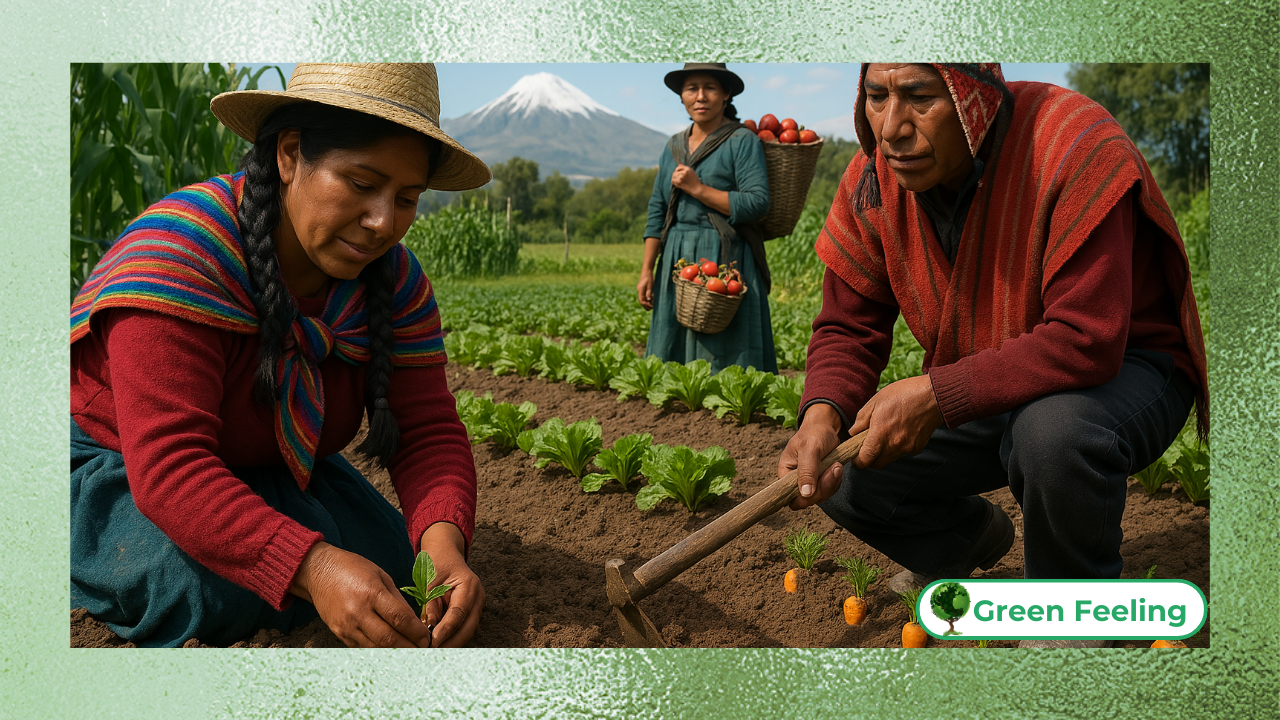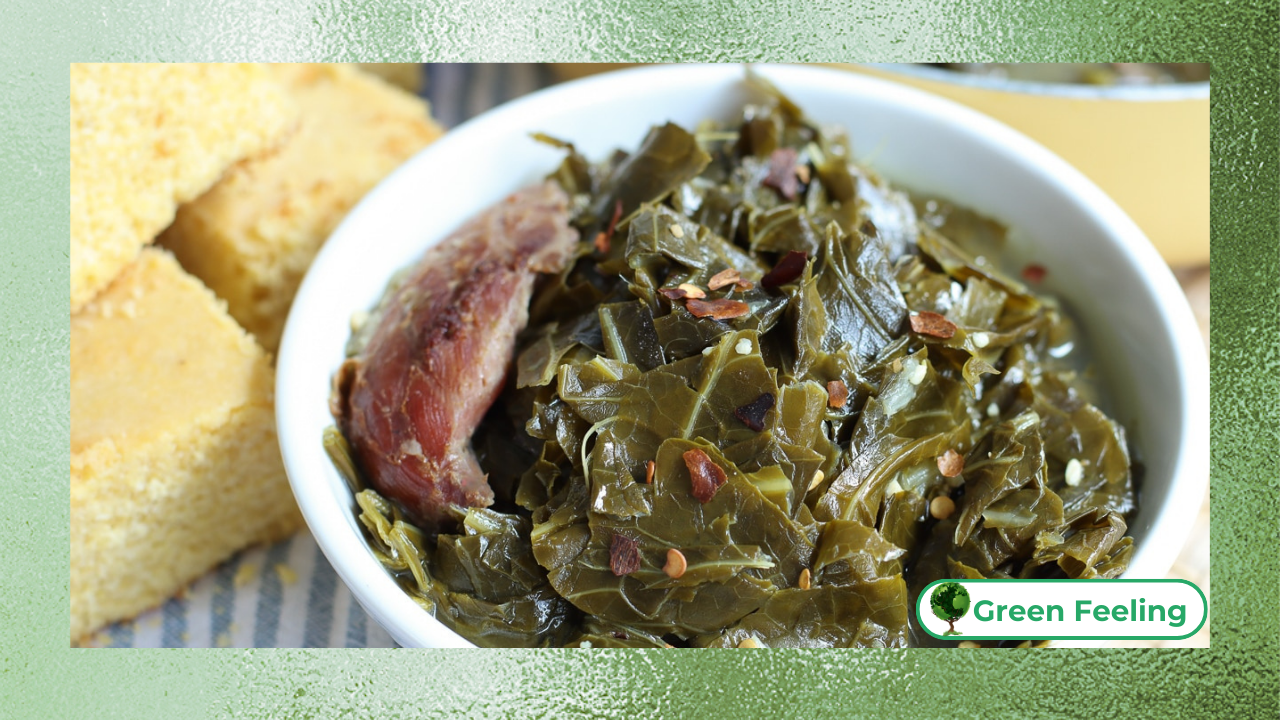How to Implement an Agroforestry System on Small Farms
Agroforestry is a sustainable land-use system that integrates trees, crops, and livestock on the same piece of land.

This approach not only enhances biodiversity but also improves soil health, increases yields, and provides economic benefits for farmers.
For small farms, agroforestry offers a practical solution to maximize productivity while conserving natural resources.
In this article, we’ll guide you through the steps to implement an agroforestry system, highlight countries leading in agroforestry practices, and explore its benefits for small-scale farming.
Whether you’re a farmer or an environmental enthusiast, this guide will help you embrace agroforestry as a sustainable farming method.
The Power of Agroforestry for Sustainable Land Use
Agroforestry is a time-tested practice that combines agriculture and forestry to create resilient and productive ecosystems.
By integrating trees with crops and livestock, farmers can improve soil fertility, reduce erosion, and enhance water retention.
Agroforestry also provides additional income streams through timber, fruits, and other tree products.
For small farms, agroforestry is particularly beneficial. It allows farmers to diversify their production, reduce dependency on external inputs, and build climate-resilient systems.
As the world faces challenges like soil degradation, deforestation, and climate change, agroforestry offers a sustainable path forward for small-scale agriculture.
Step-by-Step Guide to Implementing Agroforestry on Your Farm
Implementing an agroforestry system requires careful planning and execution. Follow these steps to get started:
- Assess Your Land and Resources:
- Evaluate soil type, topography, and climate to determine the best agroforestry practices for your farm.
- Choose the Right Agroforestry System:
- Select an agroforestry model that suits your needs, such as alley cropping, silvopasture, or windbreaks.
- Select Suitable Trees and Crops for Your System:
- Choose tree species that complement your crops and provide multiple benefits (e.g., nitrogen fixation, shade, or fruit production).
- Design the Layout for Optimal Space and Resource Use:
- Plan the arrangement of trees, crops, and livestock to optimize space and resources.
- Prepare the Land for Planting and Integration:
- Clear the land, improve soil fertility, and install irrigation systems if necessary.
- Plant Trees and Crops According to Your Design:
- Plant trees and crops according to your design, ensuring proper spacing and care.
- Integrate Livestock for Additional Benefits (Optional):
- Introduce livestock to graze on crop residues and provide manure for fertilization.
- Monitor and Maintain Your Agroforestry System:
- Regularly monitor the system, prune trees, and manage pests to ensure healthy growth.
+ How to Build Your Own Aeroponic Tower at Home
Countries Leading in Agroforestry Practices and Innovations

Several countries have embraced agroforestry as a sustainable farming method. Below are some of the leaders in agroforestry:
- Brazil:
- Known for its agroforestry systems in the Amazon, combining fruit trees, crops, and livestock.
- India:
- Promotes agroforestry through government programs and community-based initiatives.
- Kenya:
- Uses agroforestry to combat desertification and improve food security.
- Costa Rica:
- Integrates trees with coffee and cocoa plantations to enhance biodiversity and yields.
- United States:
- Adopts agroforestry practices like windbreaks and riparian buffers to protect soil and water resources.
+ Nature and Design: Biophilic Architecture and Its Practical Applications
Benefits of Agroforestry for Small Farms and the Environment
Agroforestry offers numerous benefits for small-scale farmers and the environment:
- Improved Soil Health and Fertility: Trees prevent erosion, enhance soil fertility, and increase organic matter.
- Increased Yields and Food Security: Diversified systems lead to higher and more stable crop production.
- Climate Resilience and Adaptation: Agroforestry systems are more resilient to extreme weather events.
- Economic Diversification and Income Generation: Farmers can earn income from multiple sources, such as timber, fruits, and livestock.
- Biodiversity Conservation and Ecosystem Support: Agroforestry supports a wide range of plant and animal species.
Agroforestry Systems: A Table Overview of Types and Benefits
Below is a table summarizing the main types of agroforestry systems and their benefits:
| System | Description | Benefits |
| Alley Cropping | Rows of trees planted alongside crops. | Reduces erosion, improves soil fertility. |
| Silvopasture | Combines trees, forage, and livestock. | Provides shade, enhances forage quality. |
| Windbreaks | Rows of trees planted to protect crops from wind. | Reduces wind erosion, protects crops. |
| Riparian Buffers | Trees planted along water bodies. | Prevents water pollution, stabilizes banks. |
| Homegardens | Mixed trees, crops, and livestock around homes. | Provides food, income, and biodiversity. |
Challenges of Implementing Agroforestry and How to Overcome Them
While agroforestry offers many benefits, it also faces challenges:
- Initial Investment and Labor Requirements: Establishing an agroforestry system can be costly and labor-intensive.
- Knowledge Gap and Technical Expertise: Farmers may lack the technical knowledge to implement agroforestry practices.
- Long-Term Commitment and Patience: Trees take time to grow and provide benefits, requiring patience and planning.
- Land Tenure Issues and Policy Barriers: Unclear land ownership can hinder long-term agroforestry investments.
+ Sustainable Building Materials for homes
Solutions to Overcome Challenges in Agroforestry Implementation
To address these challenges, consider the following solutions:
- Government Support and Incentives: Advocate for subsidies, training, and technical assistance for farmers.
- Community Involvement and Collective Action: Encourage collective action and knowledge-sharing among farmers.
- Research and Education Programs: Invest in research and training programs to promote agroforestry practices.
- Secure Land Rights and Policy Advocacy: Work with policymakers to ensure clear and secure land tenure for farmers.
Did You Enjoy Learning About Agroforestry and Its Benefits?
Agroforestry is a powerful tool for sustainable farming, offering environmental, economic, and social benefits.
By integrating trees with crops and livestock, small farmers can create resilient and productive systems that support both people and the planet.
Whether you’re starting a new farm or transforming an existing one, agroforestry provides a pathway to a more sustainable future.
As environmentalist once said,
“When we plant trees, we plant the seeds of peace and hope.” – Wangari Maathai.
This quote captures the transformative potential of agroforestry for communities and ecosystems alike.
+ Bioclimatic Architecture and Thermal Efficiency in Built Spaces
Conclusion
Agroforestry represents a holistic approach to farming that balances productivity with environmental conservation.
For small farms, it offers a practical solution to enhance yields, improve soil health, and build climate resilience.
By following the steps outlined in this guide, you can implement an agroforestry system that benefits both your farm and the environment.
As we face global challenges like climate change and food insecurity, agroforestry provides a sustainable path forward.
By embracing this practice, we can create farming systems that are not only productive but also regenerative, ensuring a healthier planet for future generations.
Let’s take the first step today and commit to building a greener, more sustainable future through agroforestry.
References and Further Reading
- MAATHAI, W. The Green Belt Movement: Sharing the Approach and the Experience. Lantern Books, 2003.
- Nair, P.K.R. An Introduction to Agroforestry. Springer, 1993.
- Agroforestry Practices – World Agroforestry Centre
- Benefits of Agroforestry – USDA
- Agroforestry for Small Farms – FAO






